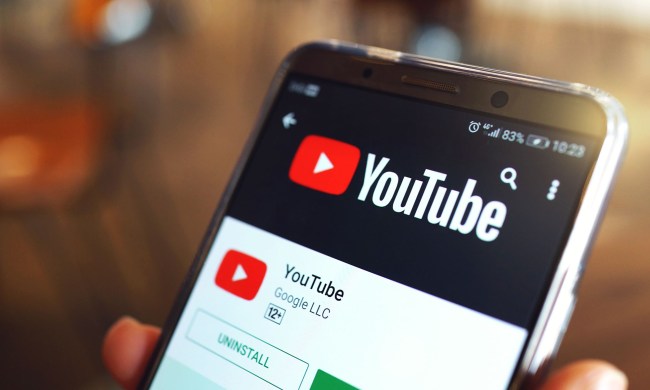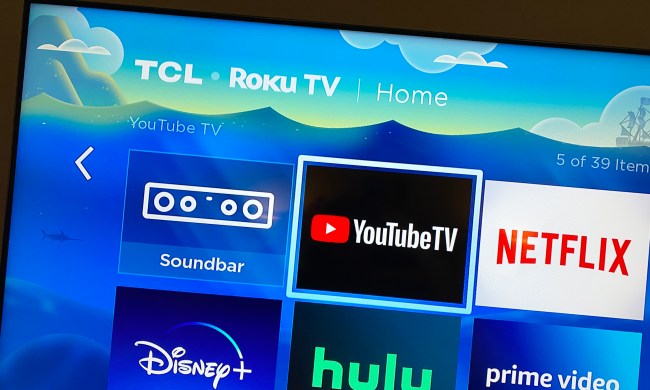To demonstrate exactly what happens, YouTube sensation and laser aficionado Styropyro (the same guy who made that ridiculous 40-watt laser shotgun) posted a new video this week, in which he and a few of his friends submerge a bunch of lasers and LEDs in liquid nitrogen.
The result is pretty crazy. It turns out that when you bring the temperature of an LED or laser down to a ridiculously low temperature (liquid nitrogen is about -196 degrees Celsius), it robs the diode’s semiconductor of most of it’s thermal energy. According to Styropyro, “this causes the ‘bandgap’ energy to increase, thereby increasing the emitted photon energy and decreasing the emission wavelength.”
In plain English, that basically means that the extremely low temperature changes the color of the laser, bringing it down the color spectrum. A yellow diode, for example, will gradually shift to green as it gets colder. A red laser, on the other hand, will begin to turn orange, and eventually take on an almost yellow color.
Styropyro doesn’t show it in the video, but the effect also works in reverse — as the laser diode slowly warms up, the wavelength of light it emits will slowly climb back up the spectrum and return to its original color.
Practical? Not particularly. Awesome? Absolutely. High school teachers and college professors should totally use this experiment as a physics demonstration to get students pumped up about science!



